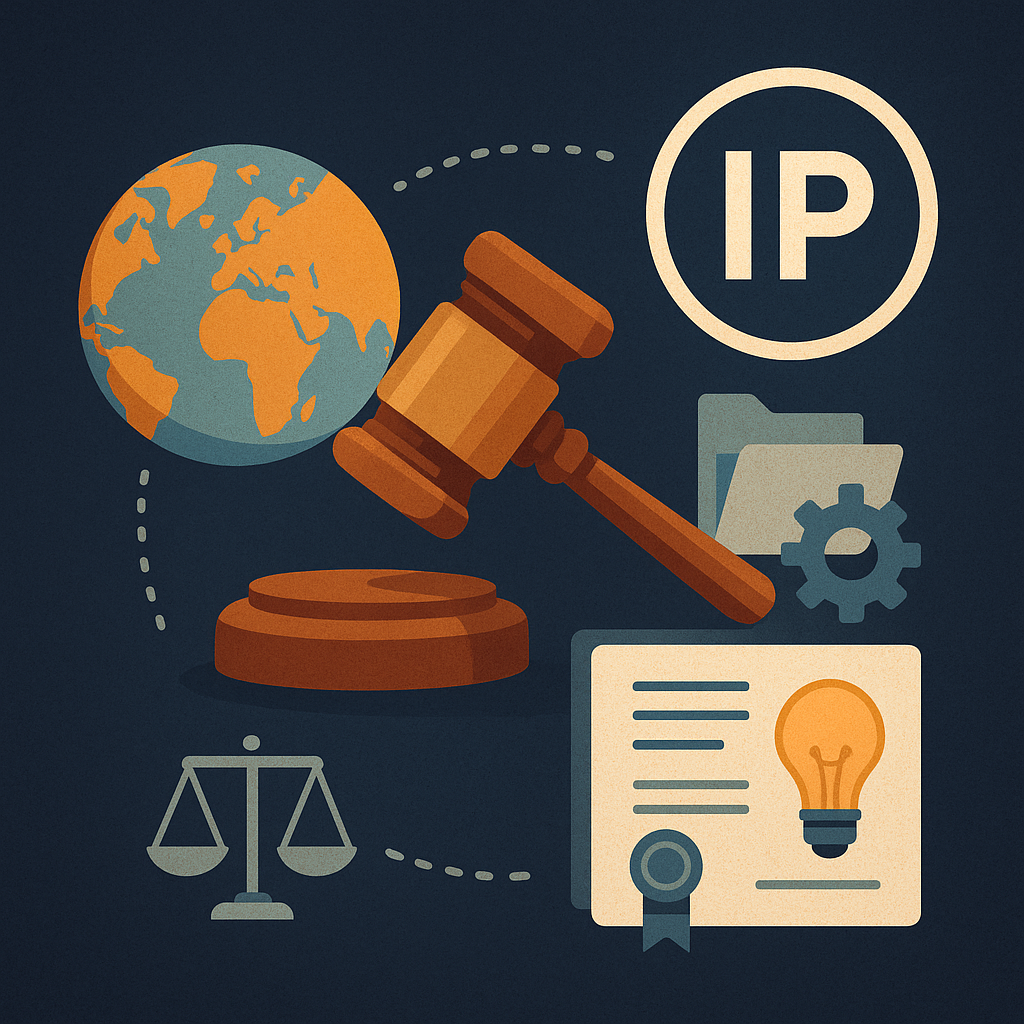Apple’s Global IP Setbacks: Lessons from Recent U.S. and UK Rulings Apple Inc. continues to lead in global innovation. However, even the most sophisticated technology companies are not immune to complex legal challenges. Recently, Apple faced two significant intellectual property (IP) setbacks—one in the United States and one in the United Kingdom. Apple’s IP setbacks […]


